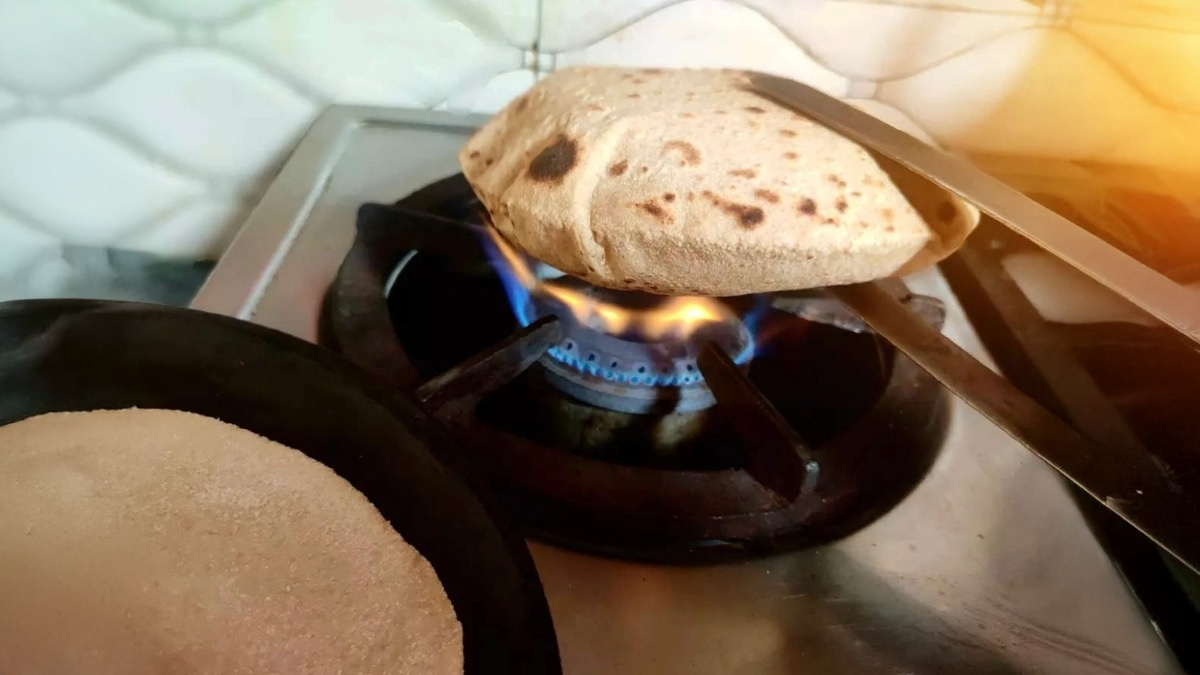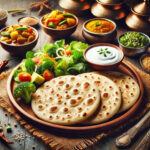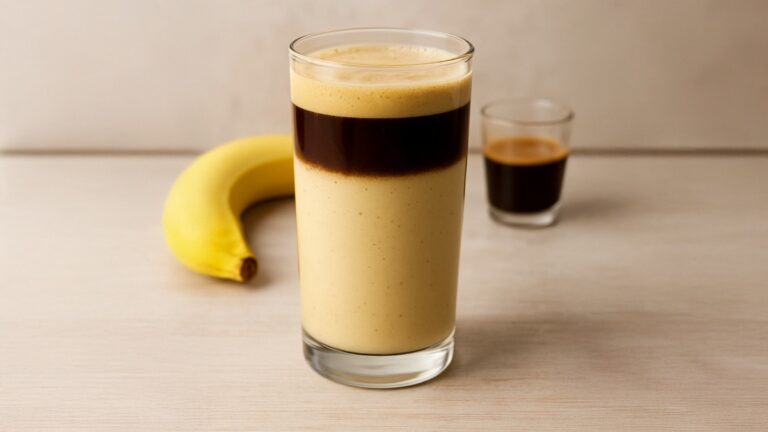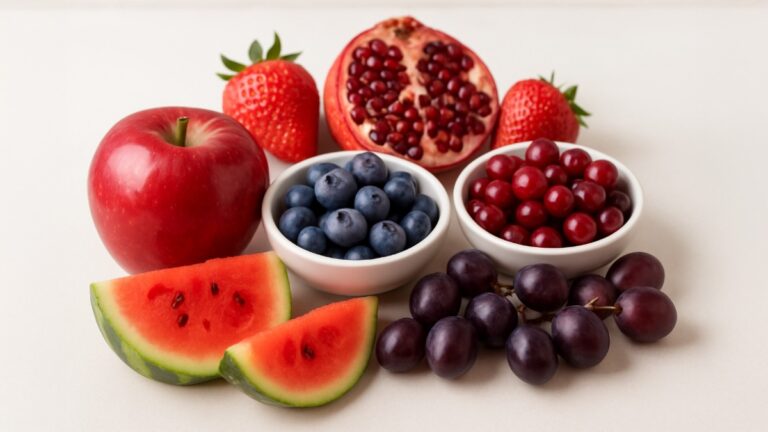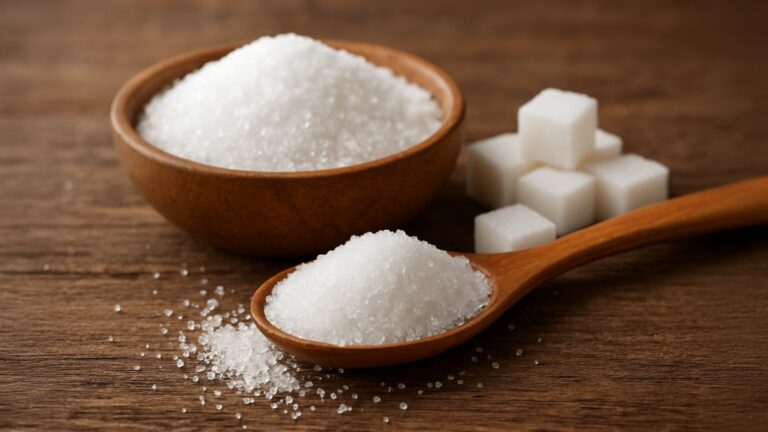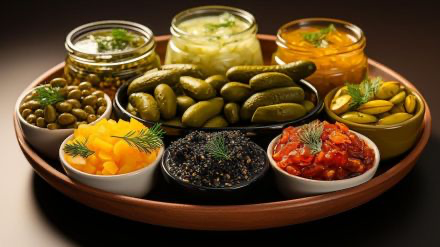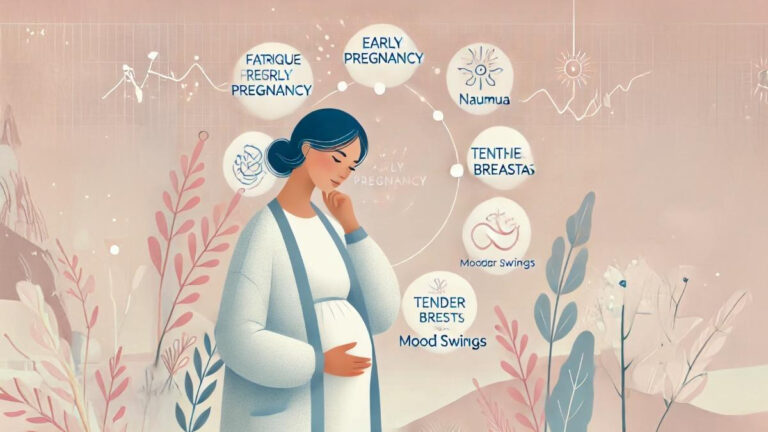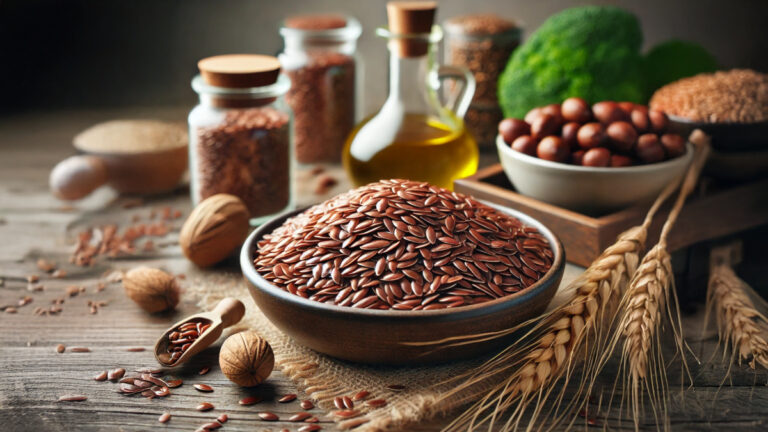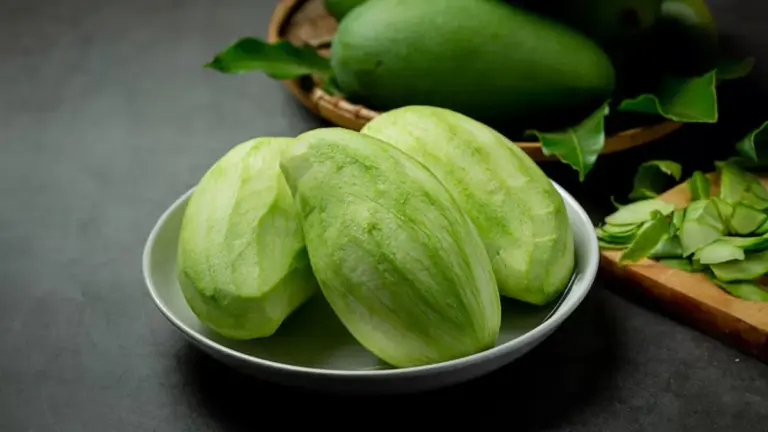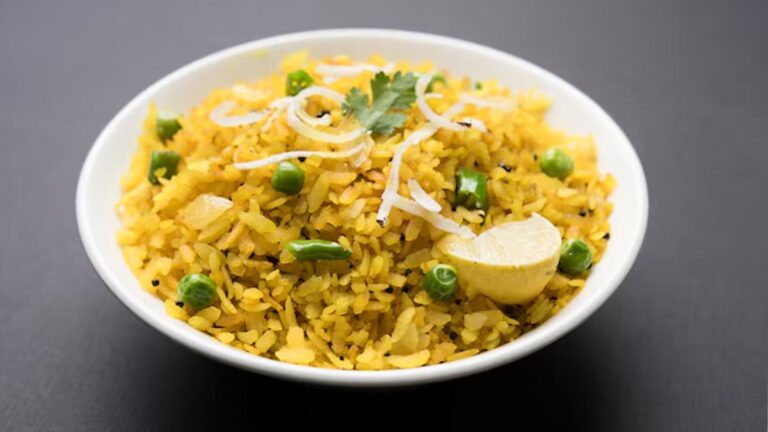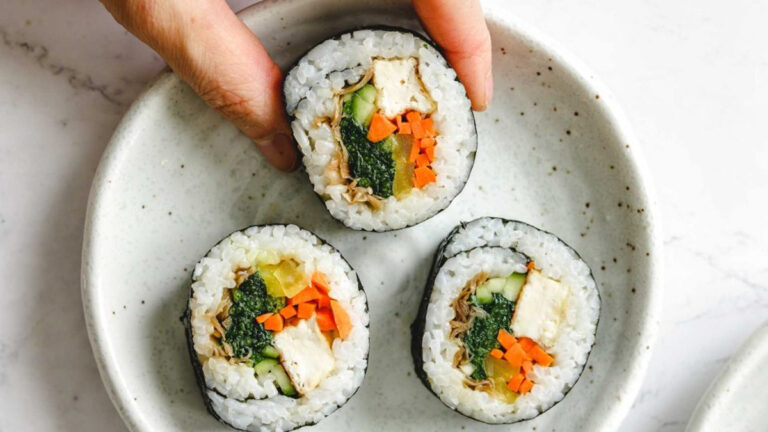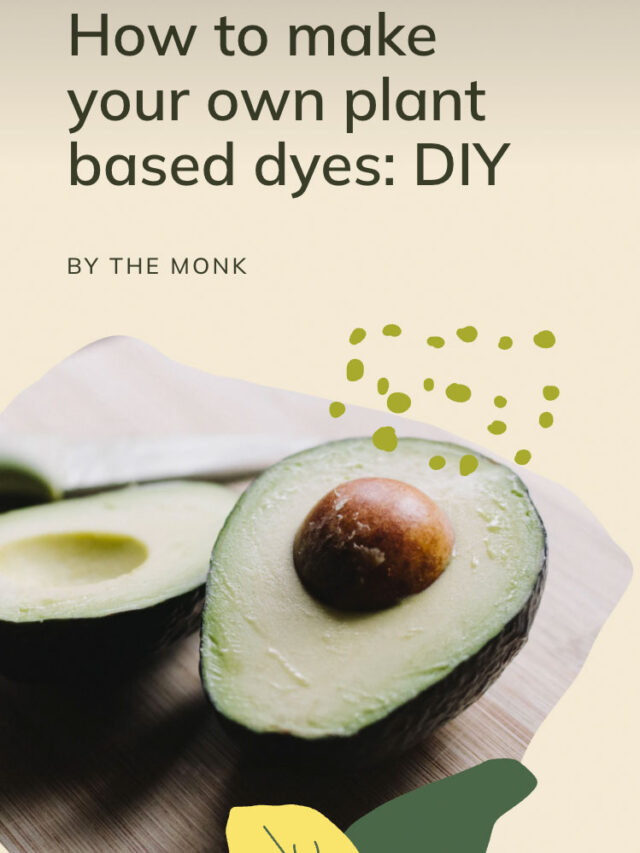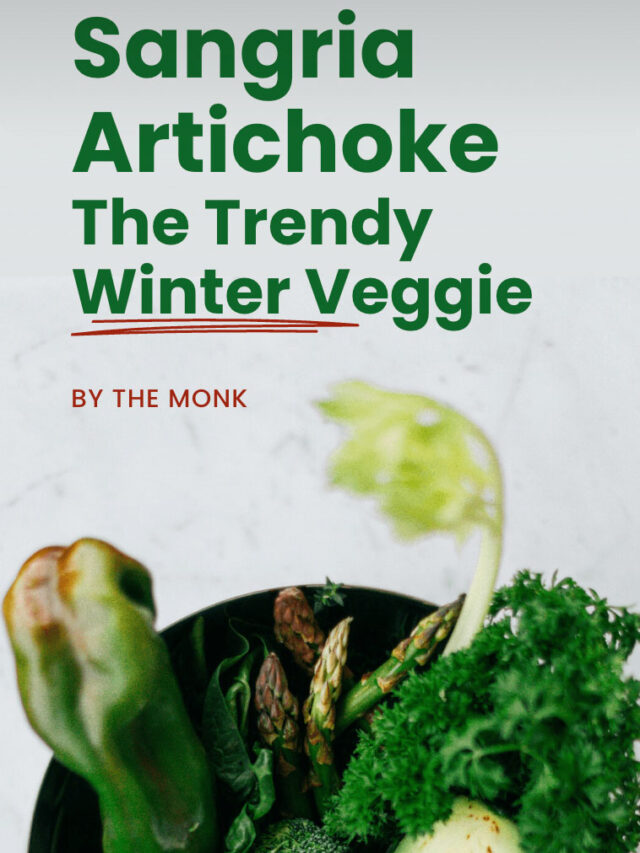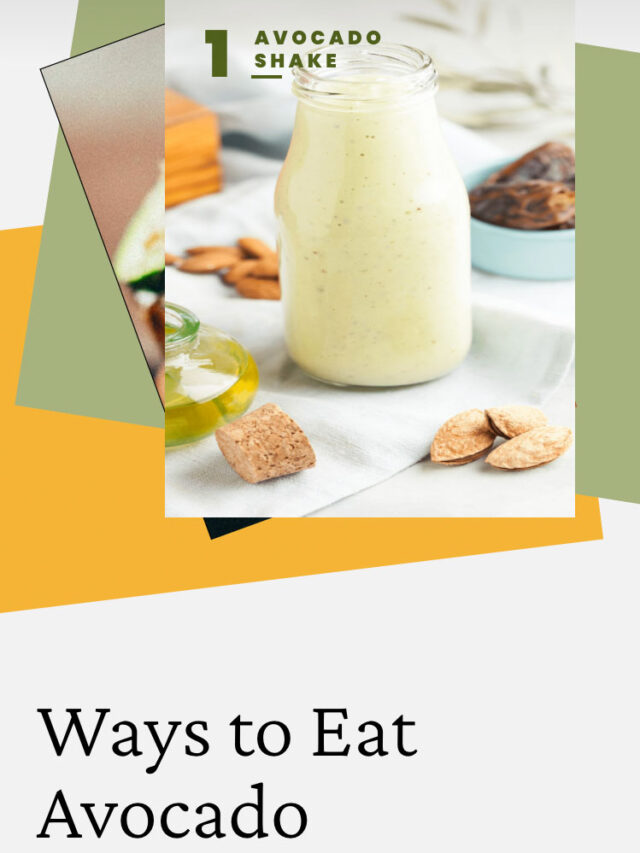Roti cooking mistake: Roti or chapati is a staple in Indian households. It is part of our daily diet, usually made from wheat flour and cooked on a tawa (flat pan). While we consider roti a healthy food, did you know that one small mistake while cooking it can silently increase your risk of cancer? Many of us unknowingly make this mistake every day – overcooking or burning the roti until black or charred spots appear. Roti cooking mistake This may seem harmless, or even give the roti a crisp texture, but the truth is burnt or overly browned rotis can form cancer-causing compounds.
Let’s understand what this mistake is, why it’s harmful, and how you can cook roti in a safer and healthier way.
The Common Mistake: Overcooking or Burning the Roti
Most people prefer their rotis to have brown or even black spots, thinking it shows the roti is well cooked. In some households, rotis are even puffed directly over a high gas flame until parts of them turn dark black.
However, this excessive heat causes the natural sugars and starch in the flour to undergo a chemical reaction called “Maillard reaction.” Roti cooking mistake While this reaction is responsible for giving the roti a nice color and flavor, going too far leads to charring, which can release acrylamide — a potentially carcinogenic (cancer-causing) compound.
What Is Acrylamide and Why Is It Dangerous?
Roti cooking mistake, Acrylamide is a chemical that can form in starchy foods when cooked at high temperatures — like frying, roasting, or baking. Studies have shown that this chemical is linked to increased risk of several types of cancer, especially in animals. While more research is needed for its exact effect on humans, health authorities like the World Health Organization (WHO) and Food and Drug Administration (FDA) advise limiting exposure to it.
When we burn or over-toast a roti, especially on direct flame, acrylamide is likely to form on the charred parts. Over time, regular consumption of such food can increase the chances of DNA damage, oxidative stress, and eventually chronic illnesses including cancer.
Other Disadvantages of Overcooked Rotis
Besides cancer risk, here are some additional drawbacks:
- Loss of Nutrition: Excessive heat destroys essential nutrients like B vitamins and some proteins in the flour.
- Digestive Problems: Burnt rotis are harder to digest and can cause acidity or bloating.
- Unpleasant Taste: The bitter, burnt taste is not only unhealthy but also unpleasant for many.
- Excess Gas Usage: Cooking over open flame until charring takes more time and gas, leading to higher utility costs.
Benefits of Properly Cooked Rotis
When cooked correctly, rotis offer many health benefits.
- Rich in fiber: Helps in digestion and maintaining healthy blood sugar.
- Source of energy: Packed with complex carbohydrates for sustained energy.
- Low in fat: When cooked without ghee or oil, they are heart-healthy.
- Provides protein: Especially when combined with dals or vegetables.
To enjoy these benefits, it is essential to avoid burning the roti and cook it gently on medium heat.
Tips to Avoid Burnt Rotis
If you want to continue enjoying your favorite rotis without risking your health, follow these tips.
- Cook on Medium Flame: Avoid high heat that causes quick browning. Let the roti cook slowly for even texture.
- Don’t Use Open Flame Directly: If you like puffed rotis, use a net or grill to prevent direct contact with the flame.
- Flip Timely: Turn the roti every 10–15 seconds so that it doesn’t stay on one side for too long.
- Avoid Black Spots: If you see too many burnt areas, discard or scrape them off before eating.
- Use a Non-stick or Iron Tawa: These distribute heat evenly, reducing the chances of burning.
- Stay Focused While Cooking: Often, distractions lead to overcooked or burnt rotis. Stay attentive.
Alternative Healthy Roti Practices
- Try Tandoor-Style Cooking: If you have access to a clay oven, the dry heat gives a nice char without flame.
- Use Millet Rotis: Bajra, jowar, and ragi rotis cook faster and don’t need to be puffed on flame.
- Apply Ghee After Cooking: If you prefer ghee, add a small amount after cooking instead of using high heat to cook it with.
Small Change, Big Impact
Roti cooking mistake, is a daily routine for millions, but doing it the wrong way repeatedly can silently harm your health. The presence of acrylamide in burnt foods is a growing concern among health experts worldwide. By avoiding the mistake of overcooking or burning rotis, you not only make them safer to eat but also preserve their taste and nutrition.
Changing this one habit can significantly reduce your cancer risk, save gas, and improve digestion. A soft, lightly golden roti is all you need — not a dark, blackened one.
Stay healthy, stay informed. Small changes in the kitchen can go a long way in building a disease-free future.
(Disclaimer: The information given here is based on general information. Before adopting it, definitely take medical advice. THE MONK does not confirm this.)

